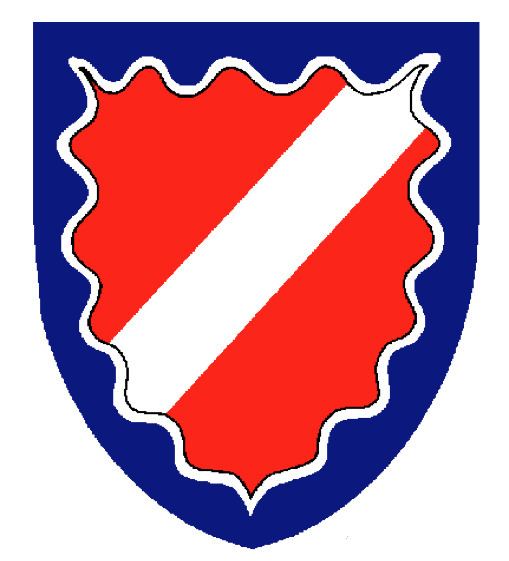The Guard Hussar Regiment Mounted Squadron (Danish: Gardehusarregimentets Hesteskadron, HESK), is part of the Guard Hussar Regiment. The purpose of the squadron is to provide mounted escorts for the Royal family and carry ceremonial services for the Royal Danish Army. The squadron commands 75 horses, 18 officers and NCOs, and 75-100 conscripts. It furthermore has a saddler, music-teacher, veterinarian and a farrier.
In 1762, there was a possibility of war between Denmark and Russia. The general staff was weary of the coming battle, due to the Cossacks, and Denmarks inability to counter the light cavalry. Using the Austro-Hungarian hussars as a frame of base, Denmark created their own hussar regiment, copying the hussar uniform.
The conscripts serve 1 year of service, the longest time for a conscript in Denmark, with two troops, starting in February and August. It is also the only place where conscripts are issued silver monograms, all others regiments being issued brass monograms, of either the Queen or the Prince Consort. They will normally have 3–4 months of basic military training, before moving on to stable duty, where they learn basic stable duty, basic horseback riding, escort and show training, and music lessons. Each Wednesday the conscripts will practice escorts, by riding through the town of Slagelse, this is also to train the horses move about in traffic.
The current ceremonial uniform of the Guard Hussar Regiment dates from 1870. It contains:
A Blue Dolman: The original dolman was replaced in 1870, with a simplified version, having fewer braids across the chest.A Red Pelisse (jacket): The pelisse was introduced in 1762. With the introduction of the new dolman in 1870, the pelisse was removed from the uniform, it was however possible to wear the old ones until they were worn out. Edward VII of England suggested to reintroduce the pelisse, but only for officers who had to buy them privately in either case. The pelisse for NCOs and privates from before 1870, are said to still being "worn out" and are therefore still used today. Both versions of the pelisse are provided with lanyards used for holding the pelisse in place, when worn from the left shoulder. These lanyards are called mantequets. Officers wear Cardinal red, where NCOs and enlisted wear Crimson red. It is the only hussar regiment in the world to still use it.Blue Riding Breeches: The current light blue breeches with a white stripe along the outseam were introduced in 1822. The original pants in 1762 were also light blue, but between 1774-1822 different colors were used, yellow were however most common.A sabretache (pouch): In the colors of the regiment, with the royal monogram. It is the only uniform in the world to still use it, and has been in use since Frederick V.A shako with a cordon and pompom made of tail hairs for NCOs and enlisted, officers have white buffalohair. There are two colours for pompoms, red for the Bugle Corps while the rest have white.A shabraque (saddlecloth): In the colors of the regiment, with the royal monogram. It remains mostly unchanged since 1762.A Bridle: The bridle has cowries woven into it. It was meant to make the horse look like a skeleton, but also to protect the horse from saber cuts and to signify wealth. It was first introduces in 1787.
